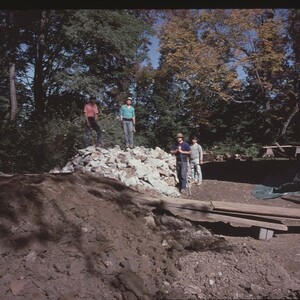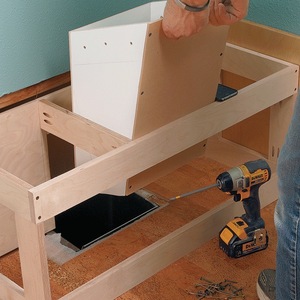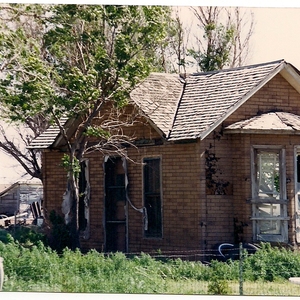Insulation!!! I purchased my first house last April in eastern Idaho near the Tetons with my wife and we have insulation questions. Our neighbor (who built our house) tells us that he intentionally did not put insulation in the TJI’s of the flooring down in the 3 ft crawl space for moisture concerns and frozen pipe issues. I have talked to several people about their opinions and some say to hang insulation on the stem walls in the crawl space and then insulate the flooring. But I want to get the real scoop on potential concerns before proceeding.
Thanks,
Ben


















Replies
If your toes are cold, there are probably air leaks or foundation vents down there. Insulating floors is not going to do much, and may cause new problems (like your neighbor said). Very difficult to make a floor a weather boundary, unless designed that way from scratch.
Better to seal crawlspace tight, apply vapor barrier and insulation to exterior walls and crawlspace floor.
The key to making a sealed crawlspace work is to keep 'bulk' groundwater away from the crawlspace, otherwise you will get a moldy mess. Sealed crawlspaces are even making some headway in terms of being accepted by code.
Keep in mind that the cost/benefit ratio is much better for weatherization work performed in the attic, unless it is already buttoned up tight. Less air comes in at the bottom if it has no way to escape out the top.
Best of luck.
Hi
We are the other side of the Teton's(Alpine) We have a crawl space with radiant heating on top. We have not yet insulated the joists or the stem walls. This is the third winter. We close up the vents in the winter and open them as soon as the thaw begins. We will be spraying the stem walls when we get around to it. We do lose some heat, but we have no worries about frozen pipes. It stays about in the 50's and our heating bill is just fine(propane ). We don't get any mold even though we can get some slight dampness on the gravel during a few days of spring thaw.
Jill
Are saying the crawl space stays in the 50s? At what outside temperature?
We get down to -30 on cold weeks but average from -10 to 10 through most of the winter. We get several feet of snow and it piles up and acts as a layer of insulation around the foundation. We have no insulation at this time in the floor joists or on the stem walls( everything is well caulked). This means that we do lose some heat from our floating slab( cement on beefed up joists) to the crawlspace. I have worked through-out the winter in the crawlspace(Plumbing and electrical and wore just a long sleeved shirt. The temp will dip on extreme days but never to freezing.
Jill
That's great. I've got a couple of buildings here in SE MN in a climate similar to yours, except usually less snow. They both have insulated 2X6 or 2X8 wooden foundation stem walls encompassing sealed crawl spaces with joists over. Haven't been through an entire winter yet with areas above heated and am wondering if I can get away with no insulation in the joists.
I would think you would be fine. I had a similar situation in a home I built in Canada. It was not as well caulked and I did have freezing problems, where wind was blowing in on small uncaulked openings. This usually only happened until the snow got high enough to block any openings. We will be spraying foam on the stem walls, when and if I ever get all the little extra jobs finished that require work in the crawl space. I have my radiant floor heating set up so that I run the cold water through the floor in the summer. It provides nice cool floors on hot days, but I am unsure yet if it will cause any condensation problems and I don't want to seal the bottom of the floor until I have tried it for a summer or two( this was our first simmer with my new system I set up)
I was told that if we do insulate the floor system, we will need to provide some small heat source in the crawl space, to prevent freezing. If you have any of your utilities, such as furnace in the crawl space, they may give off enough heat( depending on crawl space size).
Jill
Have built and owned a home on a crawl space. Used three or was that four inches of foam on the cement walls and a thick vapor barrier on the dirt.
I liked it. All pipes, wiring, and ducting remains free and clear for viewing, repairs, and changes. All heat loses for duct work just keeps a dry crawl space and works up through the floor to heat the house.
No vents?
Yes, the crawl space was vented. I closed them with insulation during the winter.